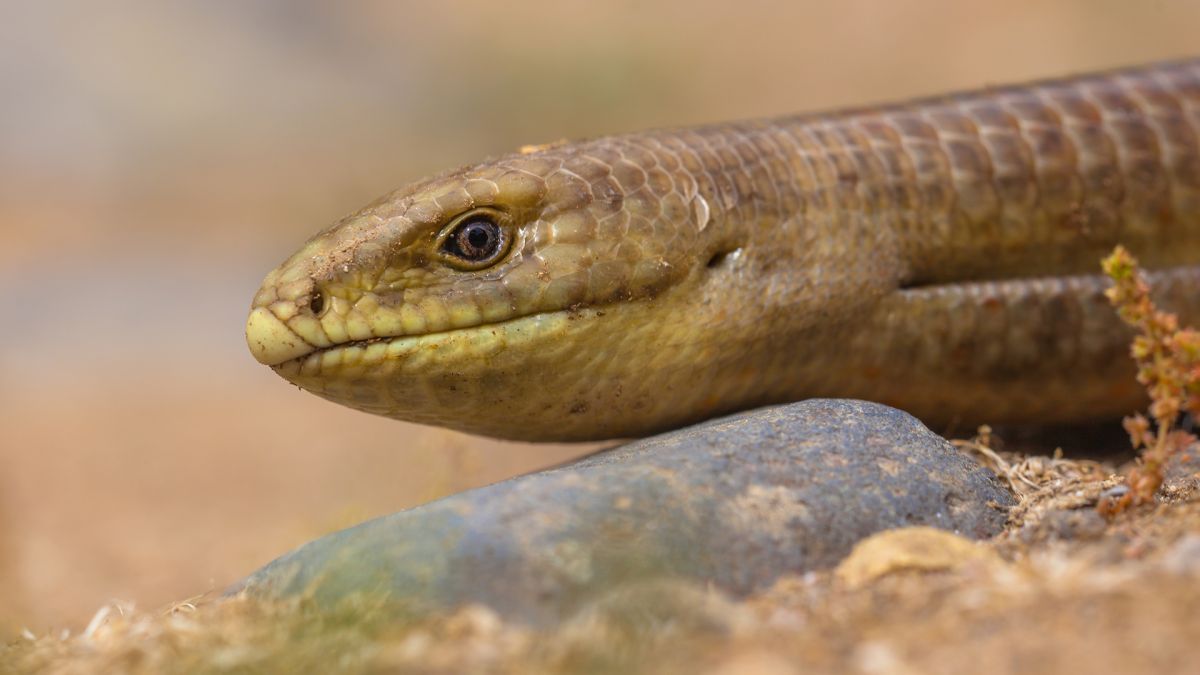

There, the hope of eradication is long gone. “So, they will do just fine overwintering here in their burrows.” And indeed, populations of Argentine tegus in parts of Florida have persisted for years. “Their native range is basically at the same latitude that we are in Georgia and the southeastern U.S.,” says McBrayer. Tegus, for their part, are right at home in the American Southeast. “So, we can’t say with absolute certainty that there are baby tegus running around.” Genetic samples taken from captured tegus may eventually reveal the answer, but as of yet there aren’t enough samples from different lizards to determine how they might be related. “We suspect that they are breeding, but we have not captured a juvenile,” he says. (Credit: reisegraf.ch/Shutterstock)Īlthough the number of tegu lizards trapped might not seem like a lot, McBrayer says it’s enough to suggest that they’re breeding in the wild. So far, most captured have been around 2 feet long, though they can grow to double that size.Īn Argentine black and white giant Tegu in Uruguay. The lizards’ distinctive appearance makes them difficult to miss, with their blunt heads and speckled black-and-white bands along their backs. The Georgia Department of Natural Resources and nonprofits have encouraged residents to report tegu sightings to assist with trapping efforts. Last year, seven were captured, and others were either killed by residents or became roadkill. Six have been trapped in 2020 in those counties. Run-ins with tegus have primarily clustered in Georgia’s Tattnall and Toombs counties, but there are reports of appearances elsewhere in the state. But the tegu’s appetite for eggs also makes it easier to trap. That’s bad news for native ground-nesting birds like quails, or the vulnerable gopher tortoise, which the state of Georgia and nonprofits have spent significant time and money to protect. Tegus are happy to eat just about anything they come across, but their favorite food is eggs, says McBrayer. “They are very efficient predators of our native fauna that don’t recognize them as predators,” he says. The tegu’s presence in Georgia is a significant threat to the state’s wildlife, says Lance McBrayer, a herpetologist and professor of biology at Georgia Southern University who’s trying to stop the lizard.

Then they’re either accidentally or intentionally released into the wild. Like many other invasive species - reptiles in particular - they have ended up far from home thanks to people wanting to keep them as pets. As their name suggests, they’re originally from South America, found in Argentina, Brazil, Paraguay and Uruguay. If you guessed Argentine black and white tegu lizards, you’re probably either a herpetologist or a resident of the Peach State who has helped wildlife officials track and trap these invasive reptiles.Īrgentine tegus, which can reach lengths of up to 4 feet when fully grown, are not native to Georgia. What’s black, white and showing up in two Georgia counties?


 0 kommentar(er)
0 kommentar(er)
